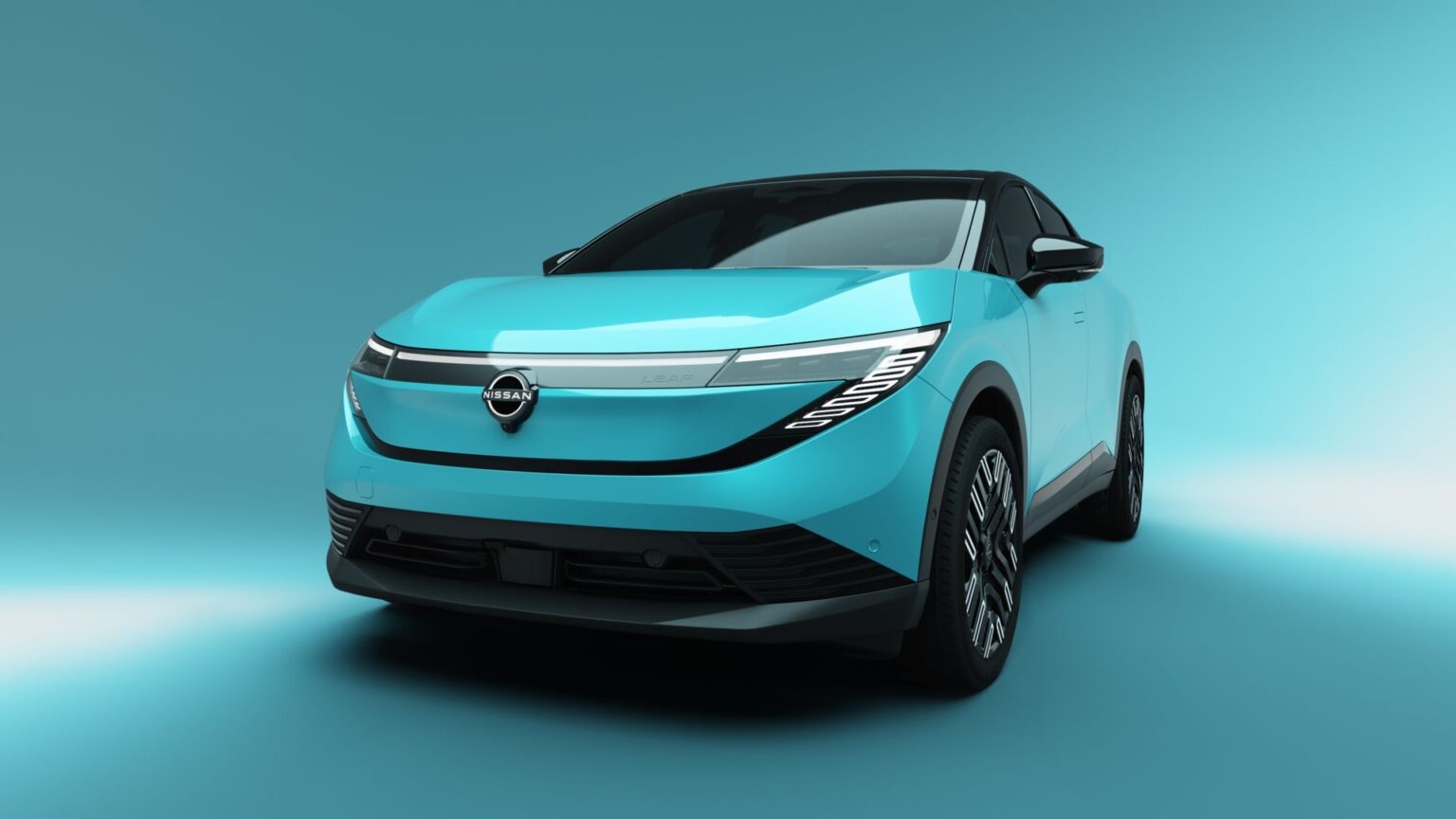Turn the calendar back to 2014, when Nissan’s then-boss, Carlos Ghosn, announced plans to have advanced driver assistance features, such as automatic lane-keeping controls and a highway traffic management system, available on models by 2020. This proclamation seemed impossible at the time because this tech was still in its infancy. Today, the automaker’s ProPilot with Navi-Link can control the steering, braking, and acceleration to maintain the car within a single traffic lane.
Now, Nissan looks to the future again by announcing a new version of the ProPilot tech that features lidar. The company promises the system will “set a new standard for driver assistance technology with cutting-edge collision-avoidance capabilities.” The first products with this advanced driver assist will arrive during the fiscal year 2027, meaning we’ll see them before September 25, 2027.
Lidar And AI Take Stress Off The Driver
Lidar is an acronym that stands for light detection and ranging. It uses lasers to detect objects and determine their distance. The software interprets the input from the sensor so that the system can analyze a 3d image of the path ahead. With ProPilot’s current front-mounted radar, the new tech should be even more capable of understanding what’s happening around a vehicle.
Nissan is also using the Wayve AI Driver as part of the upcoming ADAS upgrade. The system is specifically for analyzing complex traffic situations during assisted driving. It also uses data to learn and improve the reaction to a given situation.
Nissan does not specify which vehicles would get the improved ProPilot system first. The company reports that the tech is easily adaptable to various models, allowing owners to have this extra safety in the product that’s best for them.
New Tech For New Models?
The two-year launch timing for the next-gen version of ProPilot roughly coincides with Nissan and Infiniti preparing to introduce 10 vehicles between fiscal years 2025 through 2027. The offerings include:
- Third-Generation Leaf using the CMF-EV architecture and having improved aerodynamics
- Rogue PHEV for North America
- Refreshed Pathfinder
- Fourth-Generation Rogue for fiscal year 2026 offering ICE, hybrid, and PHEV powertrains
- Next-Gen Sentra
- Nissan Adventure-Focused EV SUV for late fiscal year 2027 that may revive the Xterra name
- Refreshed Infiniti QX60
- QX80 with Sport Package
- QX65 as a coupe crossover
- Infiniti Luxury EV SUV inspired by Vision QXe concept coming in 2028
- Rumors suggest the possibility of an electric pickup and a hybrid Frontier
In addition, Nissan plans to invest $661 million to build batteries in the United States starting in 2027. The packs would be for the Nissan Adventure-Focused EV SUV and Infiniti Luxury EV SUV. Further into the future, the company plans to introduce solid-state batteries.
The company hopes the new models and other investments can turn around its flagging business. The automaker already hired a new CEO and received support from Nissan. However, there was a failed attempt to merge with Honda.
TopSpeed’s Take
Traditional cameras, radar, and lidar each have advantages and disadvantages. Combining these systems allows Nissan to capitalize on what each one does best. The data going to the AI feature should enable the tech to improve over time.
Nissan’s flurry of recent announcements suggests the company is fighting to regain its strength in the auto market. Also, the company’s strategy appears to emphasize performing well in North America, meaning there might be more announcements for this region on the way.
Read the full article here


